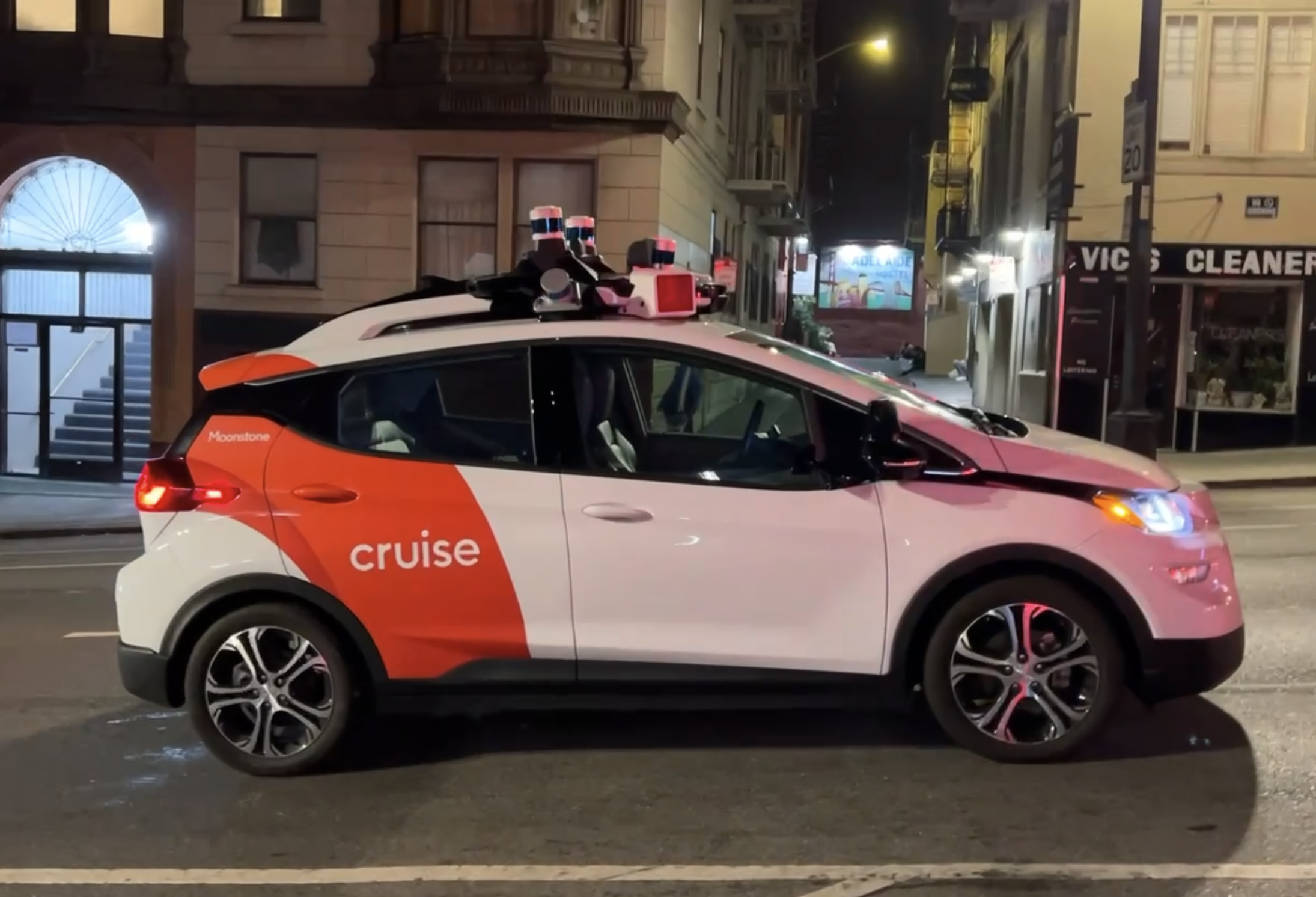
Welcome to the Ride AI newsletter: your weekly digest of news and intelligence at the intersection of technology and transportation.
Are you an AV industry insider, academic, or work in media? How do you think the robotaxi industry is doing? Where do you think autonomy will be in the next 10 years? Ride AI has partnered with McKinsey for a webinar series, and we want to hear your thoughts! Take our survey below and get a 25% discount for the 2026 Ride AI conference. It takes less than 10 minutes, and results will be shared with all participants.
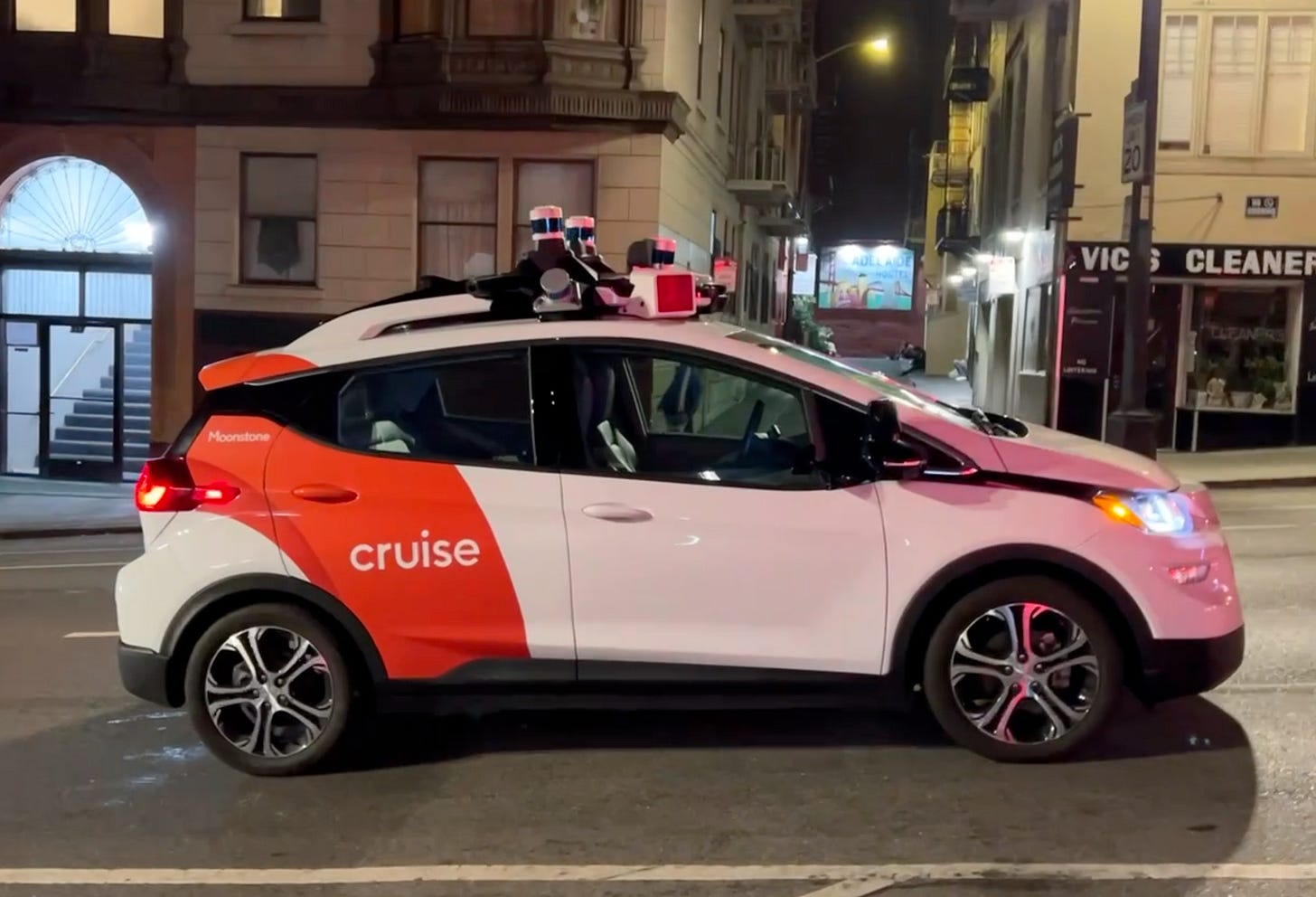
Instead, the company is attempting to build autonomous privately owned cars. Sterling Anderson, the former Tesla Autopilot chief who joined GM in May, detailed the plan in an August 6 employee meeting, telling staff he sees autonomy as the future and that GM will be moving “aggressively” by attempting to hire back some of the Cruise workers they let go and expanding their Mountain View office.
The approach is notably different from Cruise's ambitions. Anderson's team is working toward hands-free, eyes-free driving with a human still in the vehicle as the first milestone, with the ultimate goal being a car that can drive with no one at the wheel. GM has already been running lidar-equipped human-driven vehicles on public roads to gather data, with spokesperson Chaiti Sen confirming they're "accelerating the development of autonomous driving technology capable of operating without active human oversight."
GM had originally decided to kill Cruise after an incident with a Cruise AV running over a pedestrian led to regulatory crackdowns, the firing of nine top executives, and former CEO Kyle Vogt's resignation.
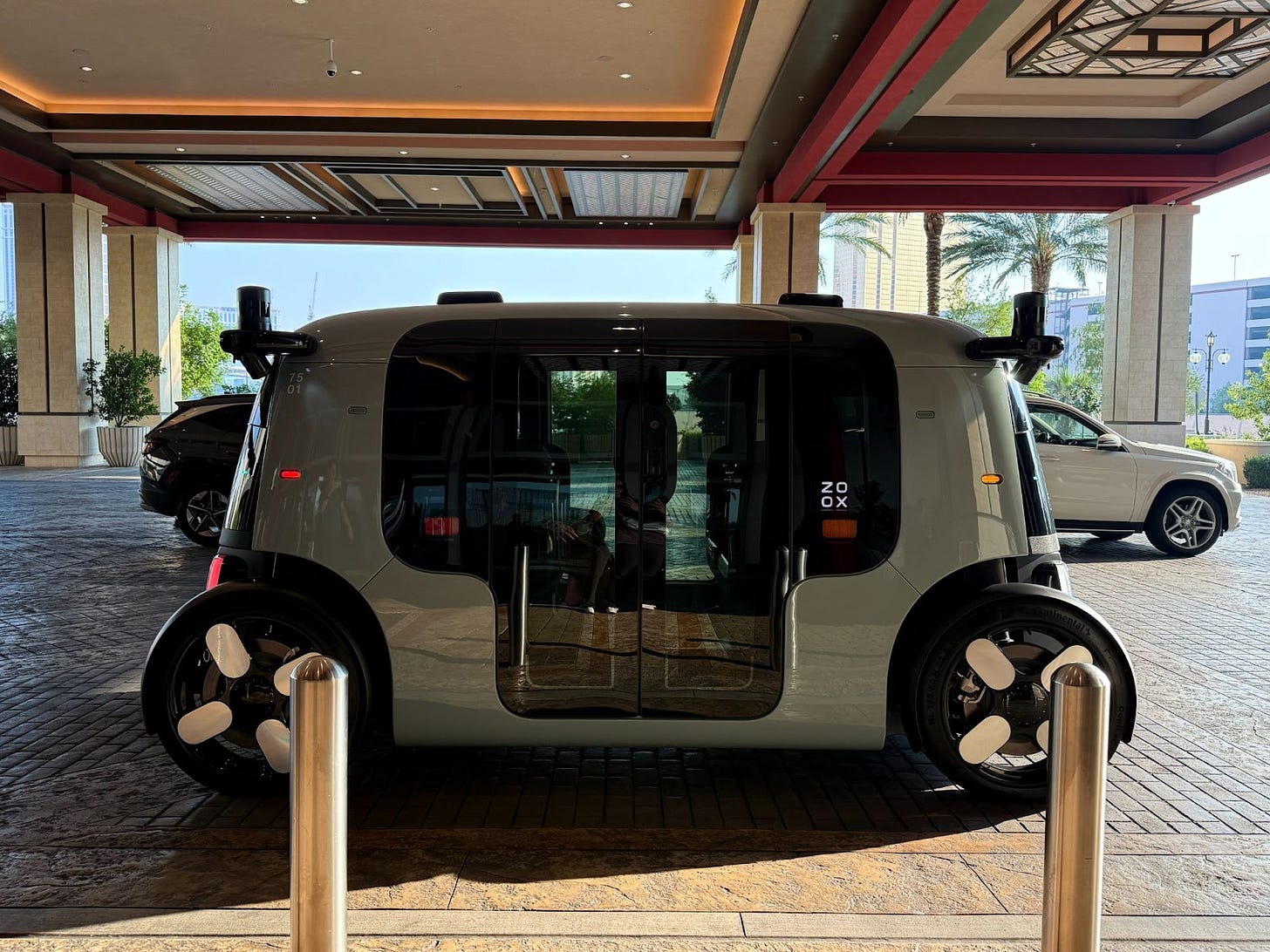
The National Highway Traffic Safety Administration has granted Zoox an unprecedented waiver from U.S. rules requiring conventional vehicle controls, marking a major regulatory breakthrough for the Amazon-owned company. This is the first exemption of its kind under NHTSA's expanded Automated Vehicle Exemption Program, and it clears the way for those toaster-shaped, bidirectional robotaxis we've been seeing in testing to actually carry paying passengers.
The timing couldn't be better for Zoox, which plans to launch its robotaxi service later this year in Las Vegas and San Francisco, followed by Austin, and Miami next year.
What makes Zoox's approach particularly interesting is that unlike Waymo's retrofitted Jaguars, these vehicles were purpose-built from the ground up as robotaxis with no accommodations for steering wheels, mirrors, or pedals. The vehicles can hit 75 mph but will typically cruise at 45 mph in urban settings, operate for 16 hours on a charge, rack up 100,000 miles annually, and stay in service for at least five years.
Zoox is currently running a limited demo service in Las Vegas, which I was able to try out this past Sunday. Stay tuned for a video on that soon!
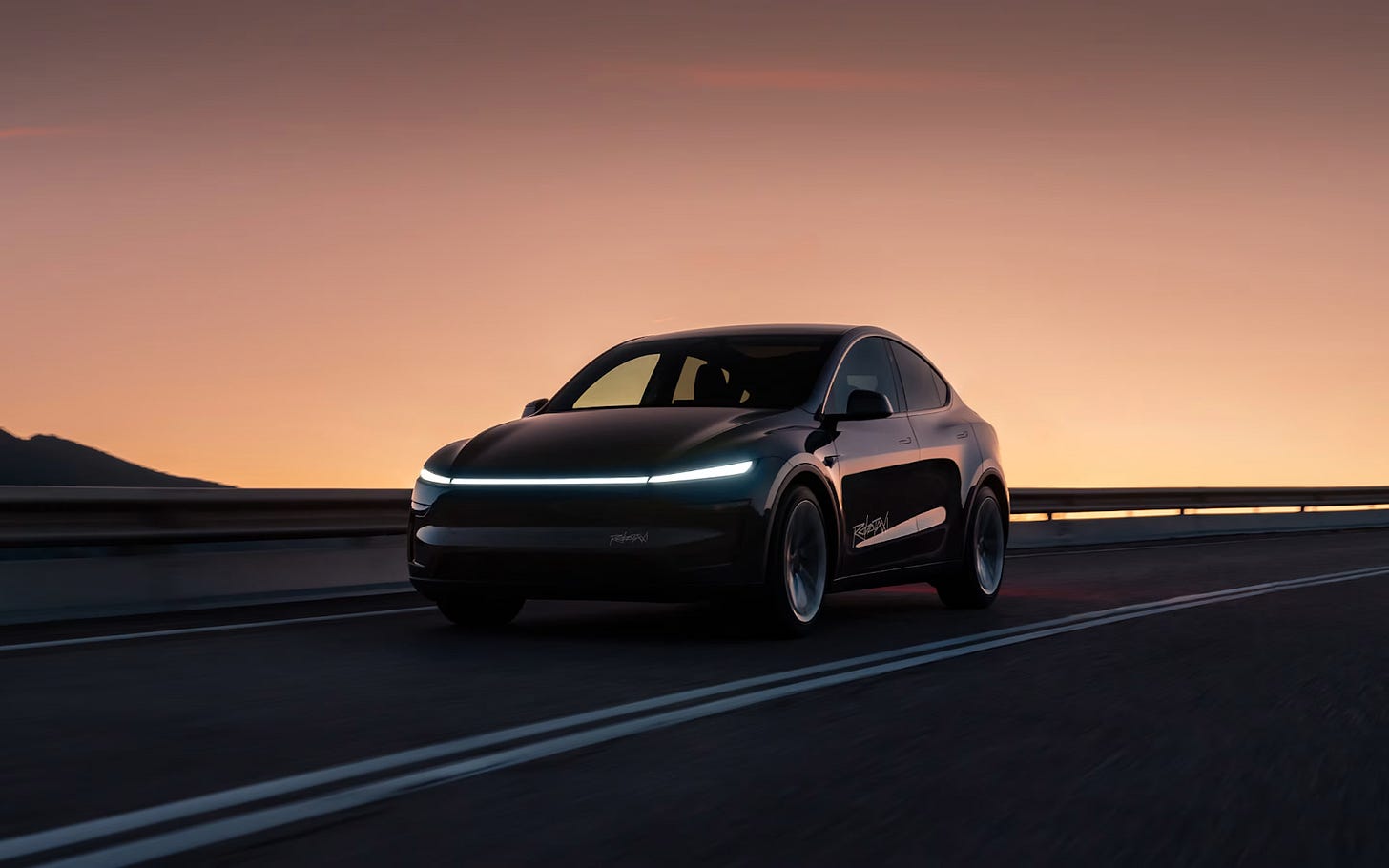
The permit was issued to Tesla Robotaxi LLC, which is now officially joining the ranks of Uber and Lyft to be listed as a transportation network company with the Texas Department of Licensing and Regulation. This comes just in time for new state regulations taking effect September 1st that treat autonomous rideshare services the same as those with human drivers.
This is a significant step beyond Tesla's current Austin operation, where Model Y vehicles with safety monitors have been offering rides to a small group of users since June. The new Texas law adds additional permitting, oversight, and requirements for autonomous vehicle operators, including mandatory cameras, insurance, and the ability to follow traffic laws.
What's particularly notable here is that this gives Tesla a legitimate regulatory pathway to operate robotaxis in Texas, even as the company continues to face scrutiny elsewhere. Tesla still doesn't have the permits or government-reported test mileage necessary to operate driverless in California, which is why their Bay Area service still requires human drivers who can engage FSD while ferrying passengers.
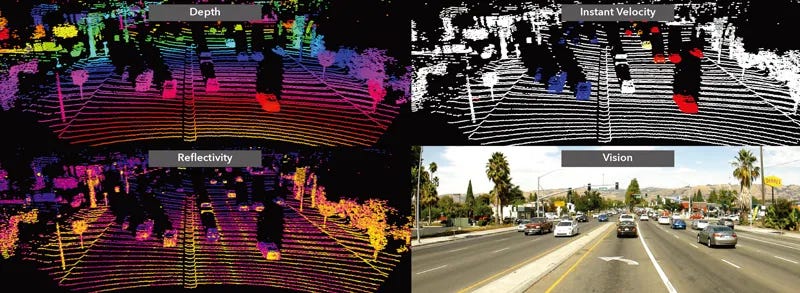
This collaboration represents the first significant implementation of LiDAR technology in Level 2+ ADAS for commercial trucks, approximately 300,000 of which are sold annually in North America. Bendix, which has partnerships with Paccar, Navistar, and Volvo Group, sees Aeva's 4D LiDAR as the key to meeting upcoming safety requirements, particularly for Pedestrian Automatic Emergency Braking.
Aeva claims its technology has the ability to measure both distance and velocity simultaneously, offering superior detection capabilities in challenging conditions like nighttime driving or adverse weather, with which current radar and camera systems often struggle. As Aeva CEO Soroush Salehian explained to FreightWaves, truck safety systems need early detection for gradual braking rather than sudden maneuvers that could destabilize the vehicle.
Aeva is already ramping up production capacity to 200,000 units annually at a new USMCA-compliant North American facility, as even a modest adoption across commercial fleets could drive massive sensor volume. A fleet of 10,000-15,000 trucks could potentially utilize 100,000 sensors, with multiple sensors being used per truck for full coverage. This could create the economies of scale that have long eluded LiDAR manufacturers trying to compete with cheaper radar and cameras.
The company has received approval to test its robotaxis from 10 pm to 7 am within the Beijing High-Level Autonomous Driving Demonstration Zone. The new approval brings WeRide closer to establishing round-the-clock autonomous ride-hailing in the Chinese capital. This follows their May 2025 launch of the first 24/7 autonomous ride-hailing network in Guangzhou, which I was able to test out earlier this year.
WeRide reported an 836.7% year-over-year surge in robotaxi revenue to $6.4 million for Q2 2025, now constituting 36.1% of total revenue. The company is also expanding internationally, having recently received Saudi Arabia's first autonomous driving permit and partnering with Uber and Dubai's Road and Transport Authority for operations in the UAE.
Artisanal questions asked by you, the reader. Got a question? Email me or leave it down below!
Q: What’s the permitting situation for companies to operate their services? The California senator mentioned Tesla doesn’t have permits… what’s required?
A: Permitting is something that’s unfortunately quite complex. The US doesn’t have a national AV framework, so often-times it’s up to the state or even local municipalities to decide if something will be allowed on its roads. In Dallas, Texas, all that’s really required is for companies to provide proof of insurance… although that’s about to get a bit stricter in Texas in general as you read above. In California, companies have to achieve a number of milestones before they’re allowed to run a driverless ride-hailing service. For those milestones to be achieved, companies have to submit test mileage, disengagement reports, have run a large number of miles with a safety driver on public roads, amongst other requirements. You can read all about it on the California DMV’s website here.
Alright, that’s it from me… until next week. If you enjoy this newsletter, share it with your friend, colleague, or boss. Thank you for reading; Sophia out!
Get all the latest news in AI x Mobility across the globe.
Continue reading more about the world of robotics, automation, and AI